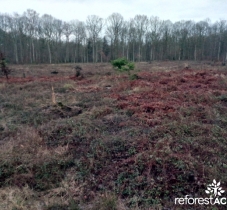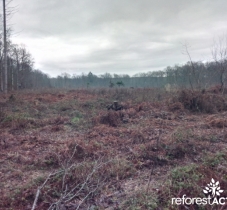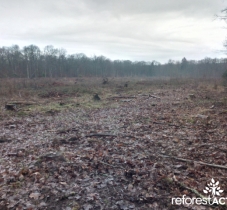Project description
Help Reforest'Action restore this beetle-damaged forest!
The project at a glance
- Number of trees to be planted: 5975
- Surface area: 5 ha
- Species to be planted: sessile oak in islets
- Type of project: reforestation following a disease
- Planting season: february 2019
Background information
Located in the Regional Natural Park of the Forêt d'Orient, in the Aube, the Villemoyenne forest was once populated by spruces. However, they were ravaged by bark beetles, and trees had to be cut down in 2016. This parcel is located in the Ramsar area of the Etangs de Champagne Humide, a vast collection of ponds, lakes, canals, forest massifs, marshes and wet meadows, all of which are home to many remarkable species. The soil of this plot, which is particularly congested, reduces the possibility of planting species.
The project aims to install sessile oaks in the form of islets to encourage the natural establishment of other pioneer and post-pioneer species. The sessile oak is adapted to the station but also to the increasingly frequent droughts caused by climate change. Trees that will naturally establish themselves will include hornbeams, birches, small leaves lime trees and aspen trees. A forest characteristic of the native habitat will thus be restored.







